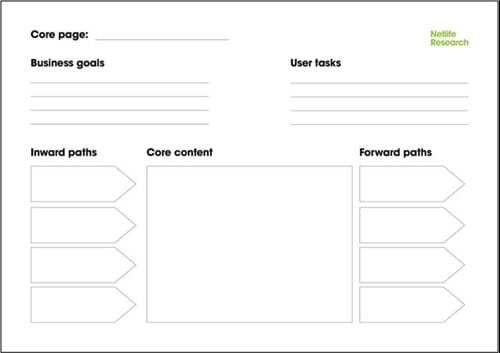
How to Win at Audience-Centric Content
How did you get to this blog? Social? Search? Via desktop or via mobile?
It matters, doesn’t it? What you’ve seen before you arrived here, or what device you’re using, will inform your expectations of what this blog is going to do for you.
Think about the last time you planned a piece of owned content. My guess is that you spent the majority of the time thinking about the content, and then the remainder considering how you were going to amplify it to reach your audience …. This is where you’re going wrong, and you’re not alone.
We all fall guilty of spending too much time focused on where users currently are (your content), or where we want them to go (your call-to-action). Not enough time, however, is spent considering how a user got there or, for that matter, what they may want to do next.
From email to social media, the average person in the UK uses their mobile phone for five different media sources in a day (according to our Stores in Motion data). This means each of us — your audience included — is flowing through a constant information journey.
So let’s go back to that last piece of content you created. The question is: Did you truly understand all the possible paths that your audience was going to traverse to and from your content?
Consider that you’re devising a social campaign that will drive users to your website. Will that web experience mirror the social one?
If your call-to-action is for users to download your latest e-book, but when they land on your site the download form isn’t front and centre and mobile-friendly, your entire social campaign falls flat. Not on the quality of the social campaign itself, but on the failure to consider the main inward path to your content.
This is where the core model becomes the greatest tool you’ve never heard of. It was created by information architect Are Halland about 10 years ago and allows you to fully consider your audience.
Four simple steps to using the core model
The core model can be scaled up and down depending on your needs, but the first step is always identifying your business objectives and your audience’s desired tasks. Yes, you may want to encourage them to implement cloud using your technology, but what does the user want to know about cloud?
The next step is then looking to these pervasively overlooked inward paths — how might your user reach your cloud page? They may have Googled “cloud technology”; they may have clicked on a menu dropdown on your homepage; they may have clicked-through from a tweet. List ‘em out.
With your inward paths identified, now and only now can you begin to look at this core cloud content. What do you need on this page to ensure your business goals are met, and that your audience gets what it’s looking for?
The final step is looking at outward paths — where may your user go next? Some of these paths may, yes, be your desired CTA, but others may be “go to a competitor site”. Be realistic. If they’ve been reading about the five reasons executive cloud buy-in is difficult, their next step may be better understanding the various stages of implementing cloud or a guide to gaining buy-in.
All in all, next time you create a piece of owned content, you want to be able to fill out the core model template below. There’s a great example and how-to guide here.
In the meantime, here are three quick-fire ways to “keep it core” in your content …
Search as the inward path
Keep keywords front of mind when creating content. Add audience-relevant ones to your headline, page description and throughout your content to ensure your content is discoverable through search.
Social as the inward path
Depending on whether your website has open graph tags set up will change your approach here, but essentially it’s important to keep in mind how your content is going to appear on social media when you share a link. It all comes back to expectation.
Mobile as the inward path
When determining page layouts, too many of us revert back to the traditional desktop wire framing. If you’re not wire framing for mobile too, you’re missing a trick. For landing pages specifically, think about your media queries (which order content will display in).

Credit: Ida Aalen, The Core Model: Designing Inside Out for Better Results
To talk more about the core model, or content strategy, email me at [email protected].
The latest blogs from WE
Decoding Gen Alpha: A Primer on the Next Gen of Consumers
Why Gen Alpha Will Fuel Spending This Season
Why Reputation Is a Business Driver in Healthcare

